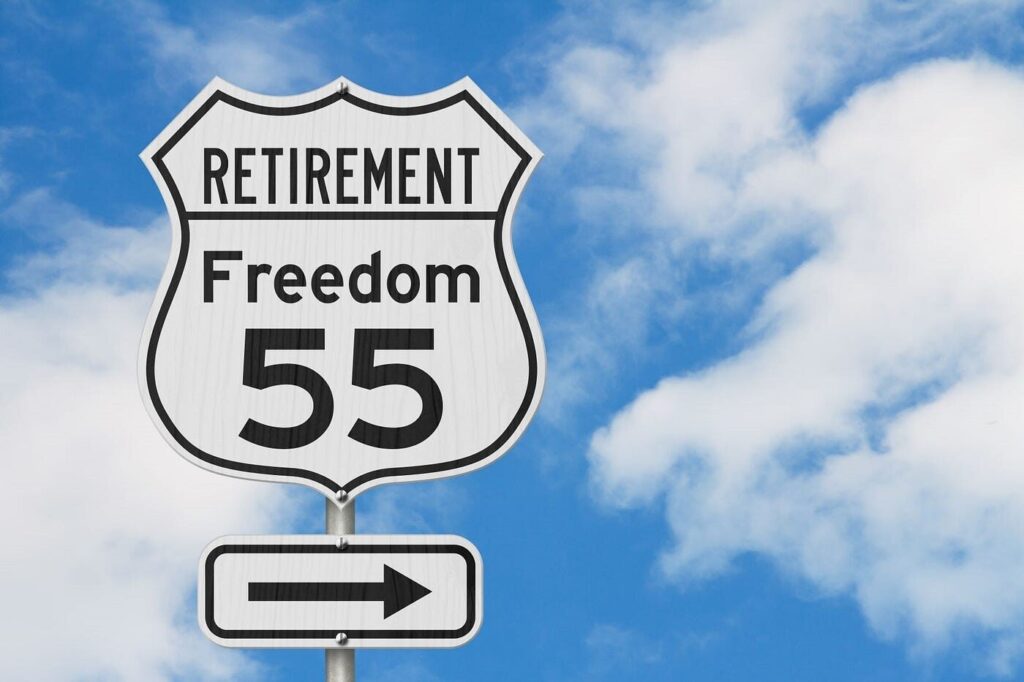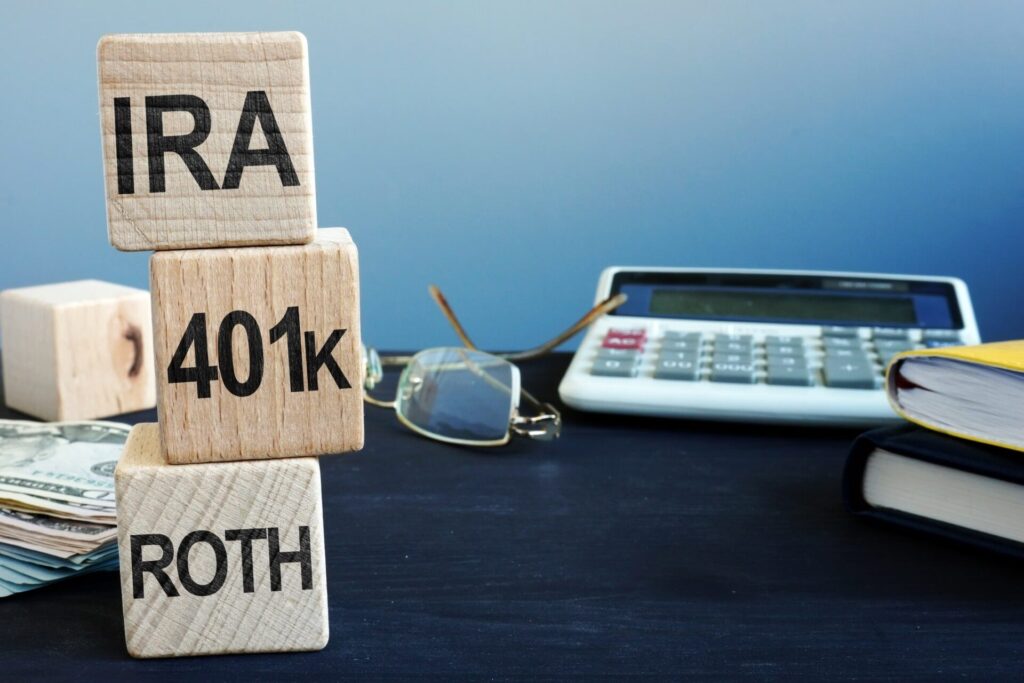Let’s talk about retirement planning – not the glossy brochure version with beaches and golden sunsets, but the real version. The kind where you’re not just hoping it all works out, but actually building a strategy that adjusts, holds up, and pays off over time.
Because here’s the truth: most retirement plans aren’t really plans. They’re a patchwork of products, assumptions, and guesswork that sounded good at the time.
And that’s fine. Until it’s not.
So what does a good plan actually look like? Let’s break it down.

1. Strategy Before Account
You don’t start with the account – you start with the strategy.
A Roth IRA, SEP IRA, or traditional 401(k) are just wrappers. Tools. What matters more is:
- What are you trying to accomplish?
- What level of risk are you willing—or need—to take?
A Good Plan:
- Matches your timeline (short, mid, long-term goals)
- Is built around real questions, like:
- When do I actually want to retire?
- How much income will I need monthly in today’s dollars?
- Will I have other income sources (rental income, pensions, Social Security, side business)?
- Am I planning to leave money behind or spend it all?
If you’re 35 and want to retire at 55, your plan should look very different from someone aiming for 67 and okay with market swings.

It Should Also:
- Balance risk exposure with capital preservation
- Include tax planning, not just tax deferral
- Adjust for market cycles, inflation, and behavioral mistakes
💡 Start with the plan. The account just holds it.
2. Tax Optimization Is Non-Negotiable
Retirement isn’t just about how much you have – it’s about how much you keep.
Let’s say you’re in the 32% tax bracket (e.g., single and earning over $191,950 in 2025). If you contribute $10,000 to a traditional IRA or 401(k), you just saved $3,200 in taxes this year.
That’s great – if you expect to be in a lower bracket later. But if you plan to:
- Retire early
- Keep earning post-retirement
- Pull income from large brokerage accounts
…you may still land in a high bracket later.
Why Roth IRAs Shine
You pay tax now, but nothing later. Roths are ideal if:
- You’re in the 12% or 22% bracket today
- You believe tax rates will rise
- You want flexibility with no RMDs
Quick Tip:
Make a simple spreadsheet:
- List your current income and tax bracket
- Project your retirement income
If your future income is similar or higher, go Roth. If it’s lower, traditional may win.
Common Account Types & When to Use Them
- Traditional 401(k)/IRA
Good for high earners now, expecting lower taxes later. - Roth IRA / Roth 401(k)
After-tax money in, tax-free growth and withdrawals out. - Taxable Brokerage Accounts
Surprisingly flexible—great for early retirement access and tax harvesting. - HSA (Health Savings Account)
The most underrated retirement vehicle. Triple tax benefits and ideal for long-term healthcare costs.
⚠️ If you’re not blending these account types, you’re leaving money on the table.

3. What You Invest In Matters More Than You Think
Let’s bust a myth: a “good plan” ≠ S&P 500 and chill.
Index Funds Are Great, But…
A strong plan includes:
- Diversification across asset classes (REITs, alternatives, properly-structured annuities)
- Rebalancing based on life stage, not calendar year
- A glide path that reflects your goals, not a default target-date fund
Getting Close to Retirement?
Volatility isn’t abstract—it can wreck your withdrawal strategy.
Sequence of returns risk is real, and most people ignore it until it’s too late.
Ask Yourself:
- Is your portfolio rebalanced?
- Do you need bonds yet?
- At 30? Probably not much.
- At 55? Yes.
- Do you know your actual investment fees?
Many managed accounts charge 1.5%+ annually—which can cost you the equivalent of a Tesla Model Y every decade.
4. Don’t Rely on Products That Sound Like Solutions
Let’s be clear: most financial products are designed to be sold, not to solve problems.
Examples & Better Questions to Ask
- Whole Life Insurance as a retirement plan
→ Ask: Why not a Roth IRA or brokerage account with zero surrender fees? - Fixed Index Annuities
→ Ask: What are the caps, fees, early exit costs, and downside scenarios? - High-Fee “Managed” Accounts
→ Ask: Am I getting more than a cookie-cutter portfolio? - Debt Consolidation or Retirement Loans
→ Ask: Will this affect future contribution limits or eligibility for better tools?
✅ Not all products are bad. But they must earn their spot in your plan with clear benefits—not clever sales pitches.
A Realistic Example: Meet Joe
- Age: 42
- Income: $125k/year
- Retirement Target: Age 60
- No pension, but plans rental income
Joe’s Plan Could Look Like:
- Contribute to 401(k) up to match (~$6,000/year)
- Max out Roth IRA ($7,000/year limit for 2025)
- Extra savings into a low-cost brokerage account
- Use HSA for long-term healthcare (don’t spend it on Band-Aids!)
- Rebalance yearly and review real estate income estimates
✅ Simple. Powerful. Adjustable.
Final Checklist: What a Good Retirement Plan Includes
- ✅ Defined retirement age and income goal
- ✅ Smart use of account types (Roth, traditional, brokerage, HSA)
- ✅ Asset allocation matched to timeline
- ✅ Tax planning for now and later
- ✅ Fees under control
- ✅ Investments chosen for your goals
- ✅ A yearly review (seriously—block off an hour!)
Final Thought
A “Good Plan Retirement Strategy” isn’t one thing. It’s a collection of right-sized decisions, made over time, with clear intent.
Start small. Adjust often.
The plan you understand and stick to will always beat the “perfect” one you abandon.
